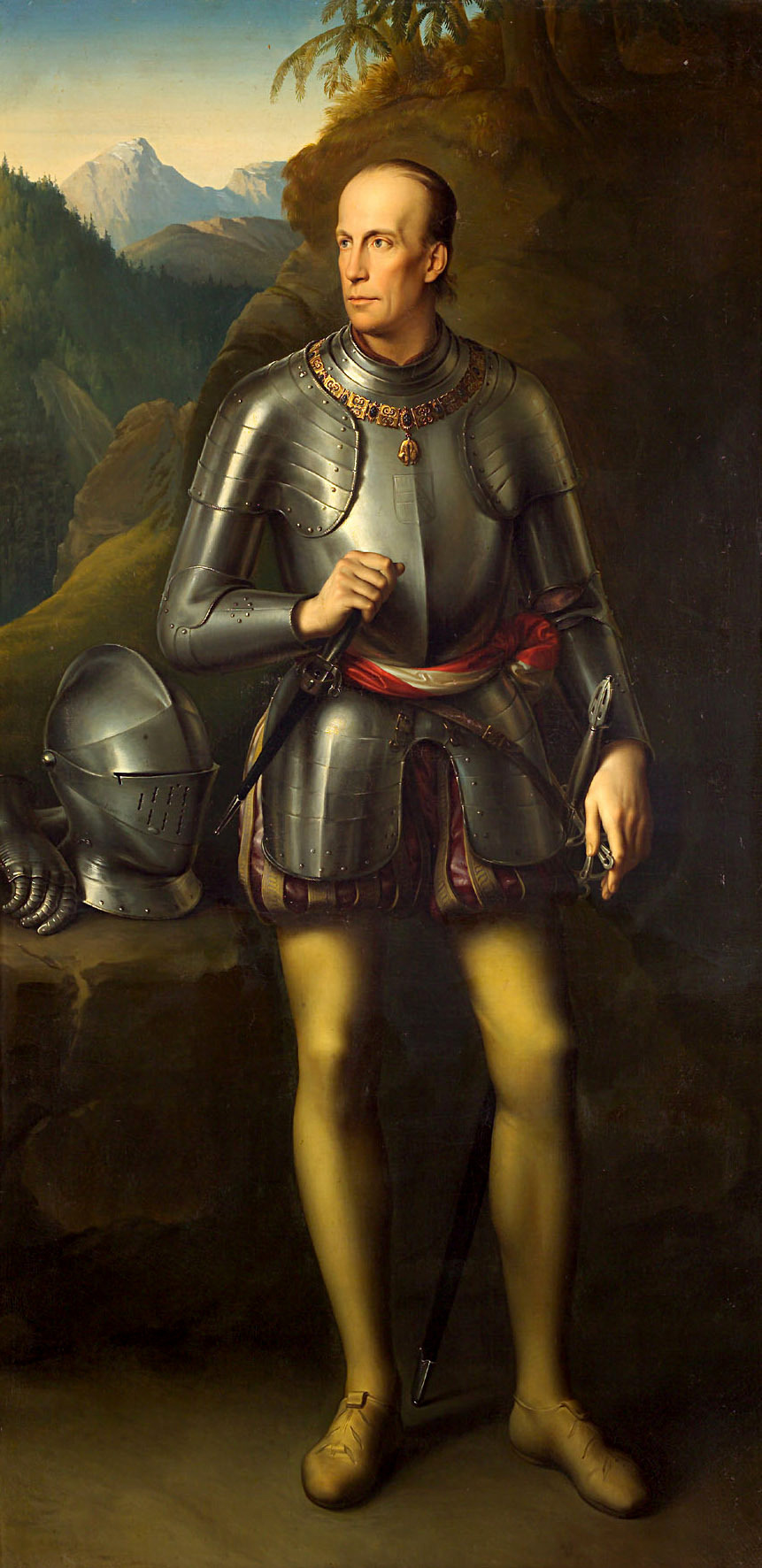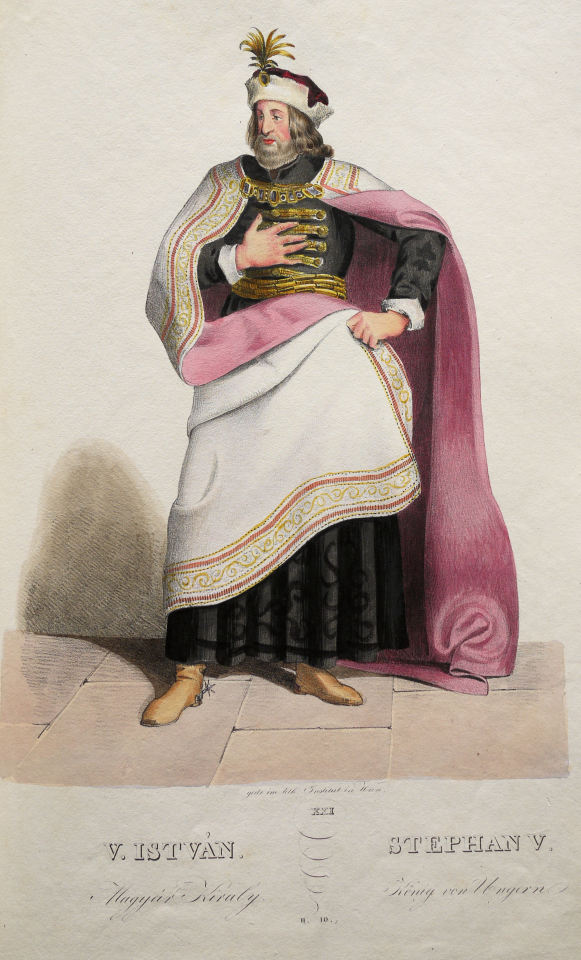#Herzogtum Steiermark
Explore tagged Tumblr posts
Text

Ottokar II of Bohemia (1233-1278) by Adolf Liebscher.
#adolf liebscher#kingdom of bohemia#ottokar ii#Přemysl Otakar II.#ottokar ii the iron#Přemyslid dynasty#Przemyślidzi#Premysliden#House of Přemysl#Margraviate of Moravia#Markrabství moravské#Markgrafschaft Mähren#duke of austria#herzogtum österreich#Herzogtum Steiermark#steiermark#österreich#duchy of carinthia#Herzogtum Kärnten#March of Carniola#Kranjska krajina#Markgrafschaft Krain#České království#Czech Kingdom#Regnum Bohemiae
7 notes
·
View notes
Photo

Archduke Johann of Austria (1782-1859) by Leopold Kupelwieser.
He was a brother of Emperor Franz I, Austrian field marshal and German imperial administrator during the revolutionary period of 1848/1849. In the Duchy of Styria he was a promoter and moderniser of industry, agriculture and railways, as well as in the fields of culture and education for half a century.
#Leopold Kupelwieser#erzherzogtum österreich#herzogtum steiermark#steiermark#erzherzog#erzherzog johann#haus habsburg lothringen#full length portrait#in armour#house of habsburg lorraine#archduke johann of austria#Kunsthistorisches Museum#full-length portrait
13 notes
·
View notes
Photo

Stephen V (1239-1272), King of Hungary; lithograph by Josef Kriehuber.
He was King of Hungary and Croatia between 1270 and 1272, and Duke of Styria from 1258 to 1260. He was the oldest son of King Béla IV and Maria Laskarina. King Béla had his son crowned king at the age of six and appointed him Duke of Slavonia. Still a child, Stephen married Elizabeth, a daughter of a chieftain of the Cumans whom his father settled in the Great Hungarian Plain.
#kingdom of hungary#árpád dynasty#magyar királyság#magyar király#árpád dinasztia#herzogtum steiermark#lithograph#josef kriehuber
2 notes
·
View notes
Photo

Béla IV. (1206-1270), King of Hungary; lithograph by Josef Kriehuber.
He was King of Hungary and Croatia between 1235 and 1270, and Duke of Styria from 1254 to 1258. As the oldest son of King Andrew II, he was crowned upon the initiative of a group of influential noblemen in his father's lifetime in 1214.
Bryan Cartledge writes that Béla "reorganised the structure of government, re-established the rule of law, repopulated a devastated countryside, encouraged the growth of towns, created the new royal town of Buda and revived the commercial life of the country" during his over three-decade-long reign. Béla's posthumous epithet—the "second founder of the state" (második honalapító)—shows that posterity attributed to him Hungary's survival of the Mongol invasion.
#great kings#king bela iv of hungary#kingdom of hungary#árpád dynasty#magyar királyság#magyar király#árpád dinasztia#lithograph#josef kriehuber#herzogtum steiermark
2 notes
·
View notes